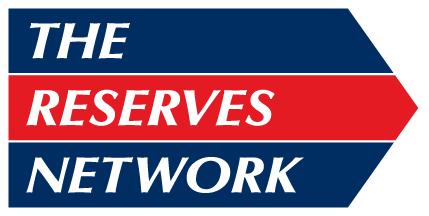Creating A Sustainable Pay Scale for Your Employees
How much you pay your employees is one of the primary factors affecting your company’s ability to attract and retain top talent. It’s critical to create an employee pay scale that not only helps your workforce management and recruitment efforts, but also controls your costs.
Too high a scale makes it expensive to hire and train new employees, while setting the scale too low makes it hard to convince employees to consider your job offers. So, how exactly do you find the right pay scale for your company’s situation?
-
Evaluate the Position’s Value
Before anything else, make sure your job descriptions are accurate and complete. You can compare them with other postings for similar positions, taking note of comparable responsibilities, qualifications and skills.
Once you’ve established the demands of the position, you can then assess the value it provides to your company, the level of certifications and experience the position needs and the time needed if you were to do the job yourself (if at all possible). Evaluating the value of the position in this manner lets you understand how it will benefit your company, making it easier to identify ideal employees and how to compensate them.
-
Look Up Comparable Wages
The basic way to come up with an appropriate salary scale is to research the median pay for a given position. This gives you a ballpark figure a potential candidate will expect to receive. Researching the median wage also allows you to determine whether you can sustain the salary of the role you’re seeking to hire, all while gathering critical insight on how qualifications, experience and education affect salary.
Fortunately, online resources like Payscale and Glass Door make it easier than ever to look up what other employers are paying a given position.
-
Define Your Minimum and Maximum Limits
Once you’ve assessed the value of a position you’re hiring for and its median wage, the next step is to determine your maximum and minimum limits.
Remember: as much as you want to offer a competitive salary package, you should also consider whether or not the number you have in mind is sustainable for your business. Figure out the minimum amount you would prefer to offer to a candidate but leave enough wiggle room to be able to offer a max limit, which makes you a more-attractive employer to job seekers.
-
Decide on Payment Methods
Aside from addressing whether an employee will be paid hourly, bi-weekly or monthly, deciding on your payment methods also answers the question of how to reward workers beyond their take-home pay. If you can find creative ways to provide incentives to employees, you can stick closer to your minimum payment figure. Common examples of incentives include health insurance, subsidized gym memberships, commission and paid vacation.
For more workforce management tips on salary and compensation, the staffing services experts of are happy to be of assistance. Contact us today to learn more about our recruitment solutions.



